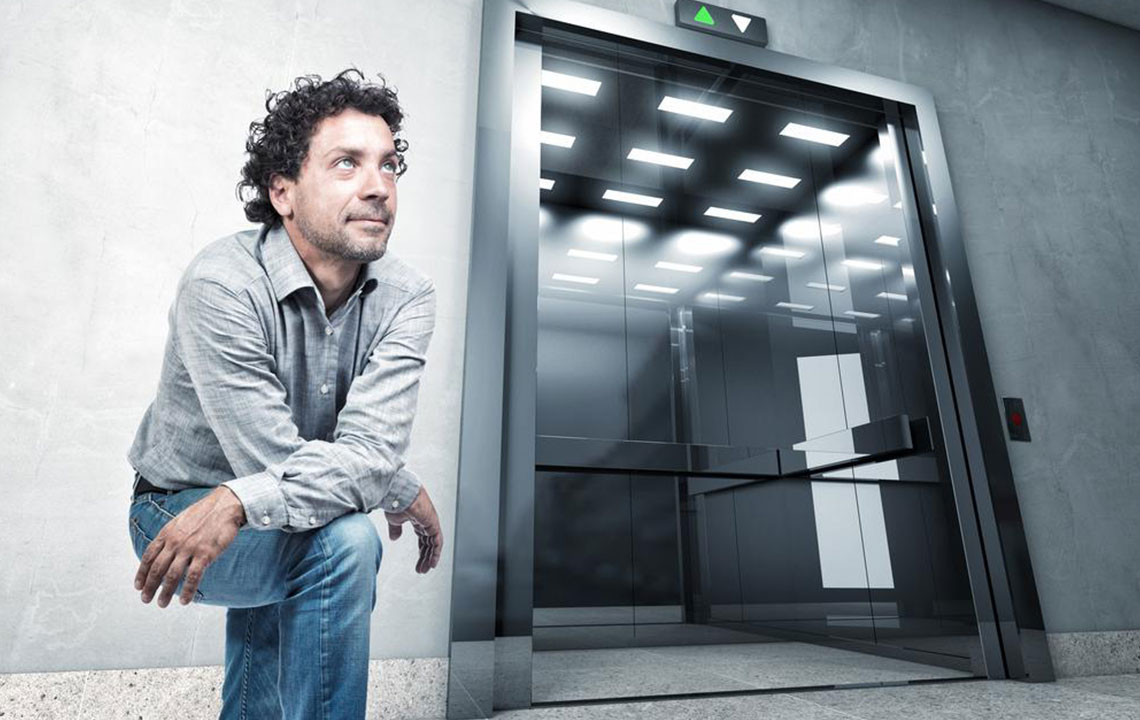3 common types of home elevators
Home elevators are specially designed for personal use in apartments and private homes. They are often installed to cater to the needs of older adults in a home who find it difficult to climb stairs. Individuals with mobility issues will also find such home elevators very useful. Some people install home elevators as a lifestyle statement or to increase their home’s value. Unlike commercial elevators, home elevators come in various styles and sizes, making them more suitable for residential properties.
- Hydraulic elevators : This type of elevator is powered by the pumping of hydraulic fluid through a valve to a cylinder located in the hydraulic arm of the elevator.

Pressure is generated by the fluid forcing a piston in the mechanism to move upward. The movement of the piston pushes the elevator up. Most hydraulic elevators require more space than other types of elevators for set up and installation. Homeowners have to create a separate machine room if they want a hydraulic cable elevator in their house. Moreover, this type of elevator requires regular maintenance and servicing, which can make them more expensive than the other types of elevators. Chain elevators : These elevators use counterweights for balance and are operated using chains. A toothed flywheel is located at the top of the elevator.
The chain goes over the flywheel and through the counterweights located at the bottom. The flywheel is turned by a geared motor that is located at the top of the shaft of the elevator. This motor powers the elevator to move up and down. Since a chain lasts for nearly 20 years, chain elevators are more cost-effective as compared to cable elevators that last for hardly 5 years. Pneumatic elevators : Also known as PVE, pneumatic vacuum elevators are the latest innovations in elevator technology. These elevators use a vacuum system and do not require counterweights, pistons, chains, and cables. There are no machine rooms or pits required for setting up or the installation of this type of elevator. The elevator is placed in a tube-shaped cab, and it is self-supported. The elevator is powered by a system of air pressure, turbines, and pumps. These move the elevator up and down. PVEs are usually noisier than the other types of elevators.
Tags: home elevators
Disclaimer:
The content provided on our blog site traverses numerous categories, offering readers valuable and practical information. Readers can use the editorial team’s research and data to gain more insights into their topics of interest. However, they are requested not to treat the articles as conclusive. The website team cannot be held responsible for differences in data or inaccuracies found across other platforms. Please also note that the site might also miss out on various schemes and offers available that the readers may find more beneficial than the ones we cover.


